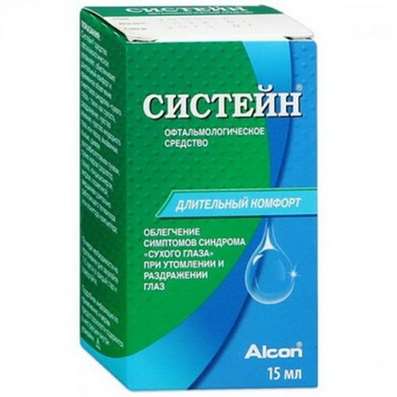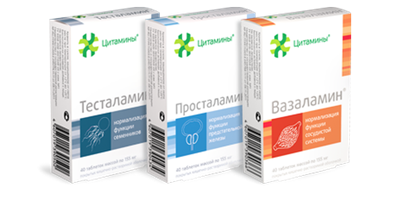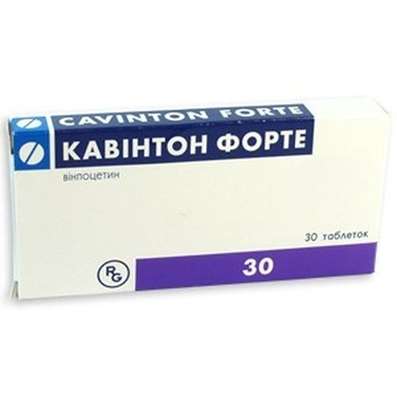Pyridoxine - Interactions with other Active Compounds
26 Dec 2016
Pyridoxine + azathioprine
Concomitant use of azathioprine with pyridoxine may cause anemia and neuropathy.
Pyridoxine + altretamine
Pyridoxine reduces the antitumor effect; co-administration is not recommended.
Pyridoxine + Aminosalicylic acid + Isoniazid
The combination of isoniazid (consisting of a combination of amino salicylic acid + isoniazid) with pyridoxine reduces the risk of peripheral neuritis and adverse reactions from the central nervous system.
Pyridoxine + Hydralazine
Concomitant use of pyridoxine with hydralazine may cause anemia and neuropathy.
Pyridoxine + Hydroxymethyl-dioxide quinoxaline + Isoniazid
The combination of isoniazid (consisting of a combination Hydroxymethyl-dioxide quinoxaline + isoniazid) with pyridoxine reduces the risk of peripheral neuritis.
Pyridoxine + Glibenclamide + Metformin
Pyridoxine increases the hypoglycemic effect of the combination metformin + glibenclamide.
Pyridoxine + Gliclazide + Metformin
If concomitant use of hypoglycemic effect of the combination of gliclazide + metformin enhances pyridoxine. You can buy - Pyridoxine injection.
Pyridoxine + glimepiride
Pyridoxine increases the hypoglycaemic effect of glimepiride.
Pyridoxine + Glutamic acid
Perhaps a combination of pyridoxine with glutamic acid.
Pyridoxine + Isoniazid + Pyrazinamide
The combination of isoniazid (consisting of a combination of isoniazid + pyrazinamide) with pyridoxine reduces the risk of peripheral neuritis.
Pyridoxine + Isoniazid + Ethambutol
The combination of isoniazid + ethambutol combination with pyridoxine reduces the risk of peripheral neuritis.
Pyridoxine + Isoniazid
The combined application of pyridoxine reduces neurotoxicity of isoniazid and the risk of peripheral neuritis.
Pyridoxine + Biphasic insulin aspart
Pyridoxine increases the hypoglycemic effect of insulin.
Pyridoxine + Insulin biphasic [human genetic engineering]
Hypoglycemic effect of insulin two-phase [of human genetic engineering] strengthens pyridoxine.
Pyridoxine + Insulin biphasic [human semisynthetic]
Hypoglycemic effect of insulin biphasic [human semisynthetic] the combined use enhances pyridoxine.
Pyridoxine + Insulin detemir
Pyridoxine increases the hypoglycemic effect of insulin.
Pyridoxine + Insulin soluble [human genetic engineering]
Pyridoxine increases the hypoglycemic effect of insulin.
Pyridoxine + Insulin soluble [human semisynthetic]
Hypoglycemic effect of soluble insulin [human semisynthetic] the combined use enhances pyridoxine.
Pyridoxine + Insulin isophane [human genetic engineering]
Pyridoxine increases the hypoglycemic effect of insulin.
Pyridoxine + Insulin isophane [human semisynthetic]
Hypoglycemic action-isophane insulin [human semisynthetic] the combined use enhances pyridoxine.
Pyridoxine + Potassium and magnesium aspartate
Perhaps a combination of pyridoxine with potassium and magnesium aspartate.
Pyridoxine + Lanatozid C
Inotropic effect lanatozida C is enhanced by the combined use with pyridoxine.
Pyridoxine + Levodopa + Carbidopa
With simultaneous use of combinations of levodopa + carbidopa with pyridoxine (vitamin B6) carbidopa prevents the action of pyridoxine, which speeds up the metabolism of levodopa to dopamine in peripheral tissues.
Pyridoxine + Levodopa + Entacapone + [Carbidopa]
Perhaps a combination of the combination of levodopa + carbidopa + entacapone with vitamin B6 (pyridoxine hydrochloride).
Pyridoxine + Levodopa
Pyridoxine is not prescribed with levodopa, as weaker antiparkinsonian levodopa activity.
Pyridoxine + mercaptopurine
Concomitant use with mercaptopurine pyridoxine may cause anemia and neuropathy.
Pyridoxine + neostigmine
When interacting with neostigmine pyridoxine reduces the activity of pyridoxine.
Pyridoxine + Penicillamine
If concomitant use of penicillamine weakens the effect of pyridoxine.
Concomitant use of penicillamine with pyridoxine may cause anemia and neuropathy.
Pyridoxine + prothionamide
To reduce the risk of side effects protionamid combined with intake of vitamin B6 at a dose of 150-300 mg / day.
Pyridoxine + Thiamine
Pyridoxine pharmaceutically incompatible with vitamin B1.
Pyridoxine + Thiamine
Not recommended simultaneous parenteral administration of thiamine and pyridoxine (vitamin B6): Vitamin B6 impedes conversion of thiamine to a biologically active form.
Pyridoxine + chlorambucil
Concomitant use with chlorambucil pyridoxine may cause anemia and neuropathy.
Pyridoxine + Cyanocobalamin
Pyridoxine pharmaceutically incompatible with vitamin B12.
Pyridoxine + Cyanocobalamin
Cyanocobalamin is pharmaceutically incompatible with pyridoxine (as contained in the molecule of cyanocobalamin cobalt ion destroys this vitamin).
Pyridoxine + Cycloserine
The combined application cycloserine weakens the effect of pyridoxine.
Concomitant use with cycloserine pyridoxine may cause anemia and neuropathy.
Pyridoxine + Cyclosporine
Concomitant use with cyclosporine pyridoxine may cause anemia and neuropathy.
Pyridoxine + Cyclophosphamide
Concomitant use of pyridoxine with cyclophosphamide can cause anemia and neuropathy.
Pyridoxine + ergocalciferol
The combined application of pyridoxine reduces the toxic effects of ergocalciferol.
Pyridoxine + ethionamide
Concomitant use of ethionamide with pyridoxine may cause anemia and neuropathy.

 Cart
Cart





